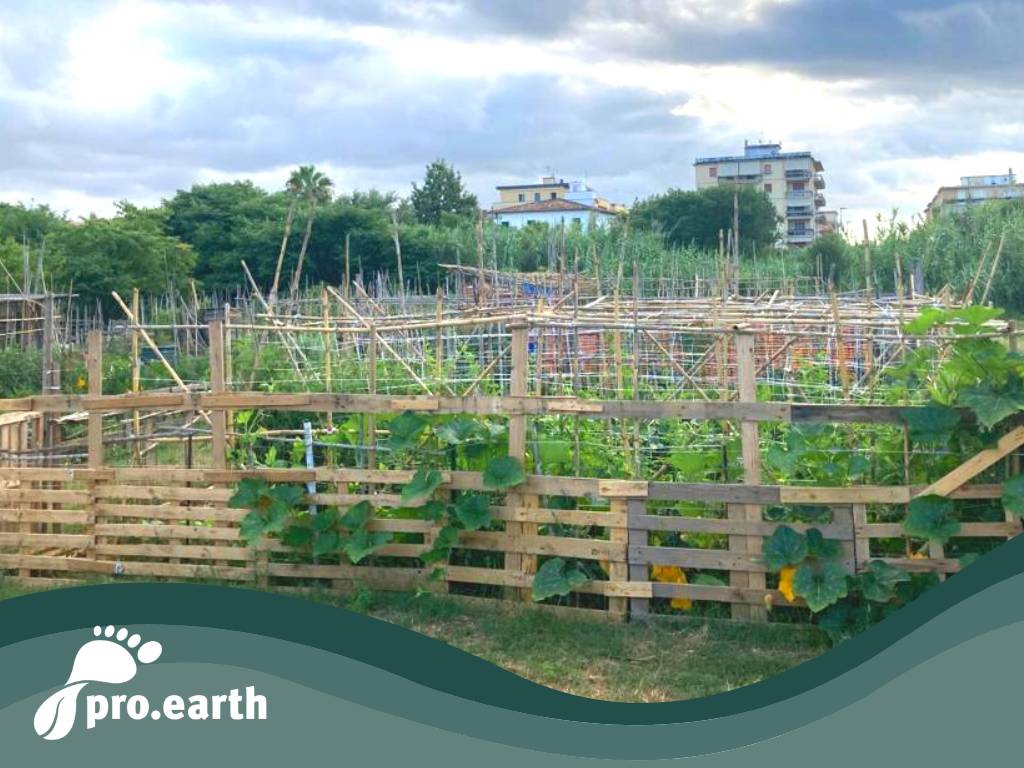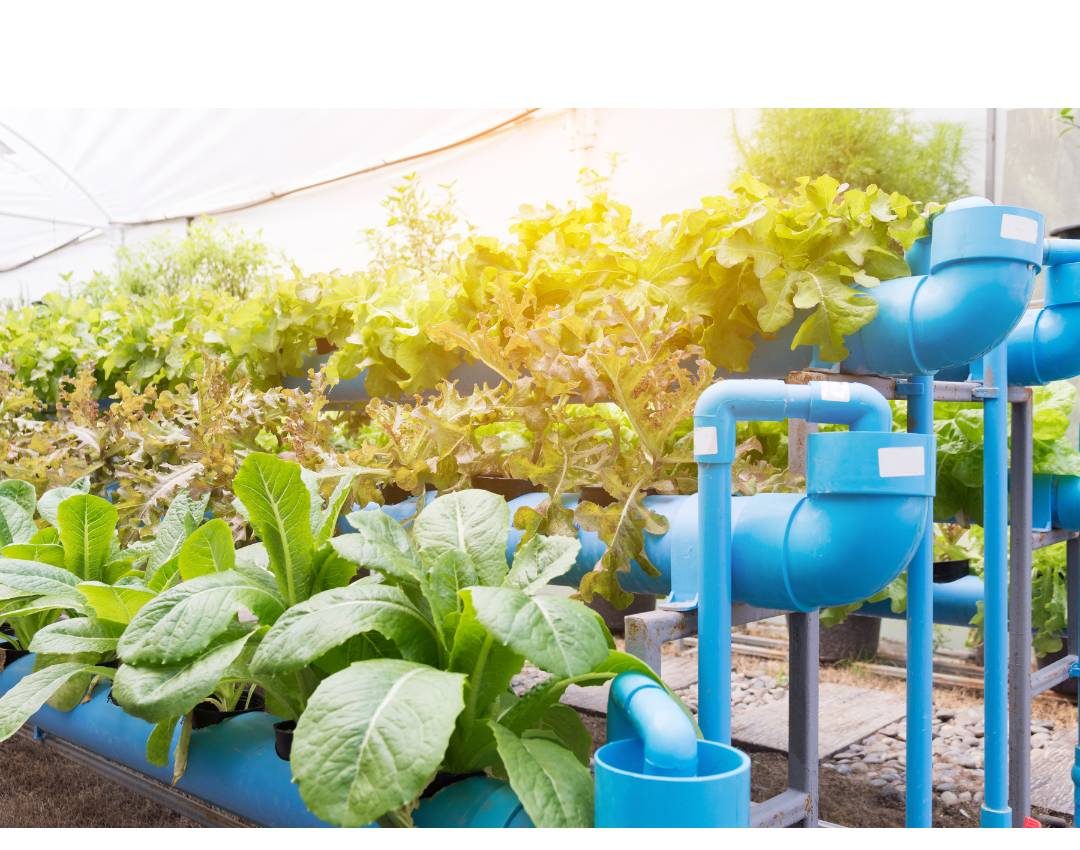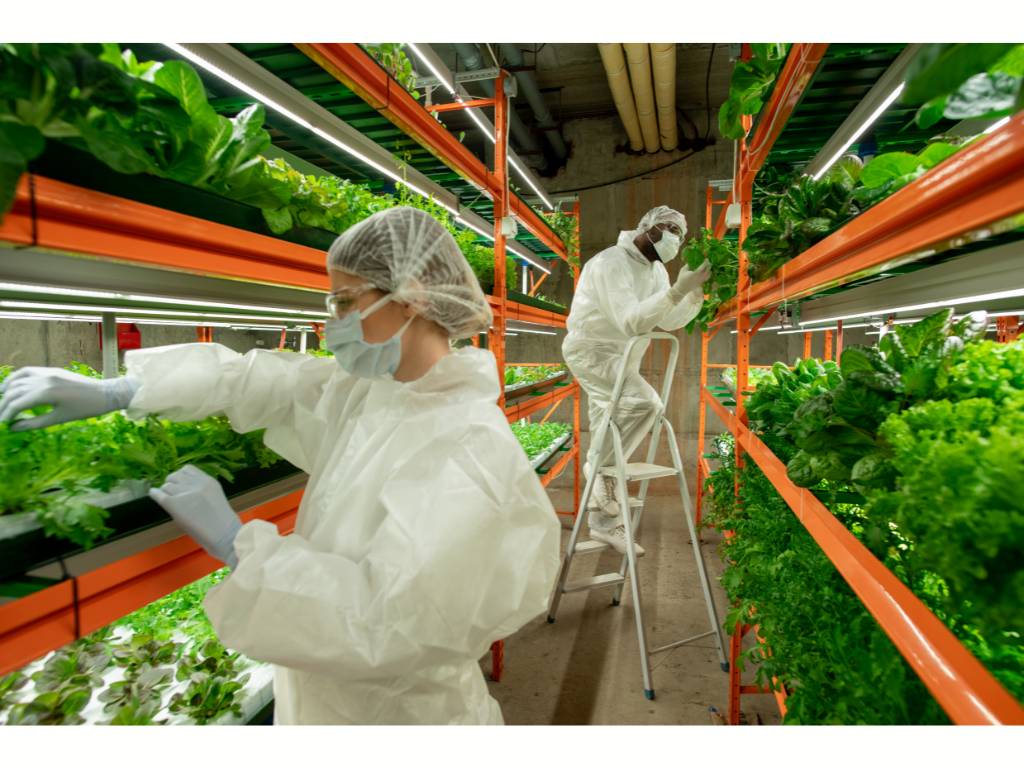Urban farming - increasing our food supply

By 2050, more than 70% of the world's population will live in urban centers. This poses immense challenges for the food supply. While for some time there was a trend towards the dissolution of urban food supply, which was reflected, for example, in the decline of many urban market gardens and the concreting over of former urban farmland, more and more urban farming initiatives are emerging around the world. It is not yet clear to what extent these will secure the food of the future.
What is meant by this?
We were unable to find a general definition, but what they all have in common is the fact that they are alternative forms of food production in an urban environment and include projects in the fields of horticulture, special crops, arable farming, livestock farming, aquaculture, aquaponics, vertical farming and urban beekeeping.
Löwenzahn magazine, for example, writes: "Urban farming refers to gardening in cities, and on a larger scale. It is about growing useful and ornamental plants within cities, using them there or marketing them. However, the concept also includes animal husbandry, e.g. keeping poultry or urban beekeeping.
It sounds like a new idea, but it's not: "Until the 19th century, it was quite normal for vegetables, fruit, herbs and flowers to be grown in cities." This took place in people's own gardens as well as communal gardens, allotments and other areas in the city.

Keywords are:
- Community gardens
- Solidarity agriculture
- Vertical Farming
- Roof gardens
- Aquaponics (see photo)
- Indoor farming
- Agricultural high-rise building (Plantscraper)
Differentiation from urban gardening
Urban farming is about providing for the urban population, urban gardening is about providing for yourself.
The positive effects
- The city's self-sufficiency rate is growing and with it food sovereignty
- Community gardens promote togetherness and strengthen the neighborhood fabric
- People learn a lot about plants and cultivation methods and thus develop a better understanding of natural processes
- Some projects enable residents to participate in urban development
- Many projects produce food as sustainably as possible
- The use of fallow land also increases biodiversity, for example among insects
- The newly created green spaces bind CO2
- Short transportation routes from the growing area to the customers
 Risks of urban farming
Risks of urban farming
Like any concept, it can also be misused. In China, for example, there are "high-rise pig farms", i.e. huge factory farms that are also referred to as urban farming, but which counteract the concept of ecological, sustainable farming. Vertical farming, which is carried out "indoors", is also usually not sustainable, as it requires a lot of energy resources - both during construction and operation.
Successful examples
The Prinzessinnengarten in Berlin
This project demonstrates the strong community character of urban farming. On almost 6,000 square meters, a disused brownfield site in Berlin's Kreuzberg-Friedrichshain district was recultivated and has served as a public garden since 2009, where anyone can get involved. Since 2020, the Prinzessinnengarten has been breaking new ground and has moved to a new location in Berlin-Neukölln, on the site of a cemetery. In addition to the communal cultivation of agricultural land, the urban farming collective also includes a café and many educational opportunities.
Urban farming in Vienna: the City Farm
In the middle of Vienna, in Augarten Park, vegetables and fruit are grown sustainably. The City Farm is a future-proof, resource-conserving and crisis-proof agriculture with a fresh vegetable supply all year round and also offers many practical gardening workshops, exciting guided tours through the diverse garden and vegetable tastings.
Our pro.earth.conclusion:
Urban farming projects are definitely an enrichment of the urban infrastructure and - depending on their form - offer various advantages. Community gardens in particular, which are cultivated organically, make our pro.earth hearts beat faster. They offer a meeting place for those involved, an informal exchange, an uncomplicated way of getting to know each other and teach many good things such as tolerance and, of course, they also impart a great deal of knowledge. And last but not least, they produce wonderful food!






